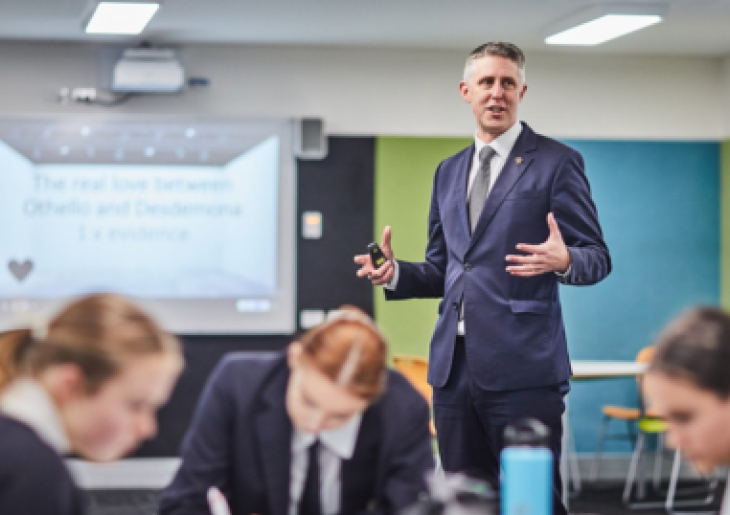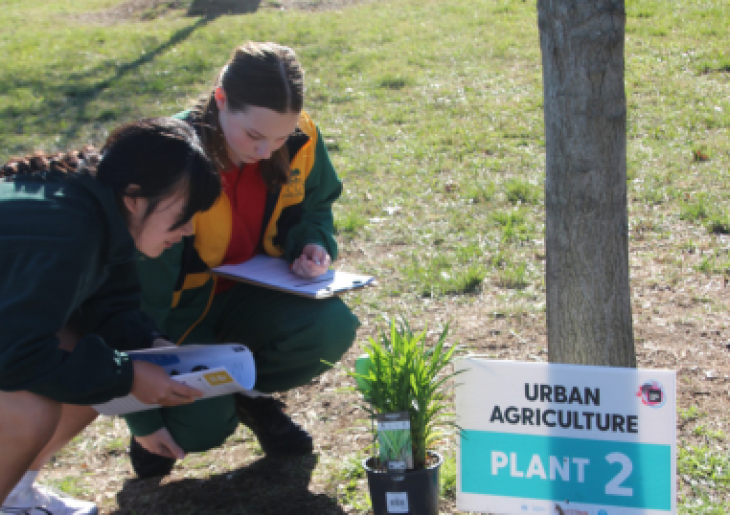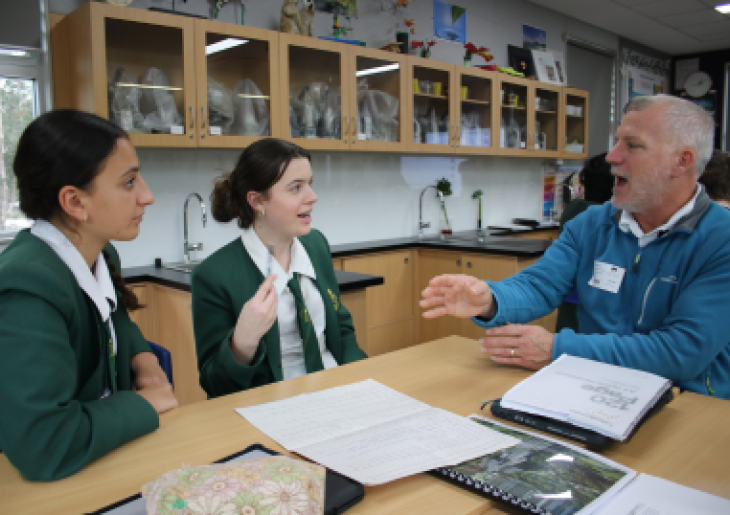Understanding - the gateway to lifelong learning
If you give a child a fish, you feed them for a day. But teach them to fish, and they will eat for the rest of their life.
The same rings true in education. If we teach our children to know facts and perform in tests, they will score good marks today. But, if we can teach them to think – to question, to find out, to learn – then we give them the tools to achieve for the rest of their lives.
In our rapidly changing world, it is increasingly this ability to understand and apply that matters, not how much we know. Understanding is different to ‘knowing’ and ‘doing’. To know things means we can recount facts. Doing things means we can perform a skill. But understanding means we can explain how and why something works the way it does or happened the way it did. This can help us in meaningful ways in any area of life whether that be work, interpersonal relationships or at home.
It is likely that our children face a future where the workplace landscape will be vastly different to what it is today. Many traditional industries will merge and blend and the ‘soft’ skills of collaboration, leadership and problem-solving will be seen as fundamental for success. One way to equip children for this world is to instil in them the understandings they need to connect their learning to the real world.
This should be the focus of every lesson in every classroom, every day.
Harvard’s Teaching for Understanding Framework
Understanding is at the heart of the Teaching for Understanding framework. Developed by researchers at the Harvard Graduate School of Education and Project Zero, this type of teaching is a simple, flexible and powerful way of re-structuring learning to focus on understanding.
The framework supports students to move from ‘knowing and doing’ to ‘understanding and applying’ and provides them with a reason to learn and make connections to things that matter to them, to our community and to our world.
The purpose of learning – why students are learning and why it matters – is clearly explained in every subject and every lesson. When students question, ‘Why am I learning this?’ teachers have meaningful answers.
This different approach also increases access to learning for all students where different types of learning styles and different learning paces can be catered for. While teachers and students are working together towards common goals, it is driven by student need and adjusted in ways that make it personalised for each child.
Classroom action
At CCGS, we’ve been implementing the Teaching for Understanding framework from Kindergarten through to Year 12. This project is driven by the belief that if we can build understanding, then knowing and doing will follow, as will a child’s ability to realise their full potential.
Our Kindergarten teachers have been deepening the understanding of our youngest students by encouraging them to give feedback on a task to other children in their year group. This demonstrates their authentic understanding far more than by simply ‘doing’ the original task.
In Year 10, students applied their understanding of concepts to solve problems that matter to our community during our ‘Festival of Big Ideas’. Working collaboratively, these students tackled real-world challenges and developed solutions that encouraged them to analyse a problem, generate ideas and bring those ideas to a meaningful solution. Some of our students even pitched their ideas to members of council and local business leaders
More than this, we have begun building the core principles of Harvard’s Teaching for Understanding framework into the very fabric of our school. By re-designing our classrooms with flexible furniture and cutting-edge digital technology, we are making learning visible, placing students at the heart of the learning process, and focusing on understanding in tangible ways.
Every child needs to be empowered and supported to achieve their potential. If we teach them to think – to really understand what they are learning, not just to know it or do it – then we arm them with the tools to be prepared to make the most of any opportunity or challenge they may face in the future.




